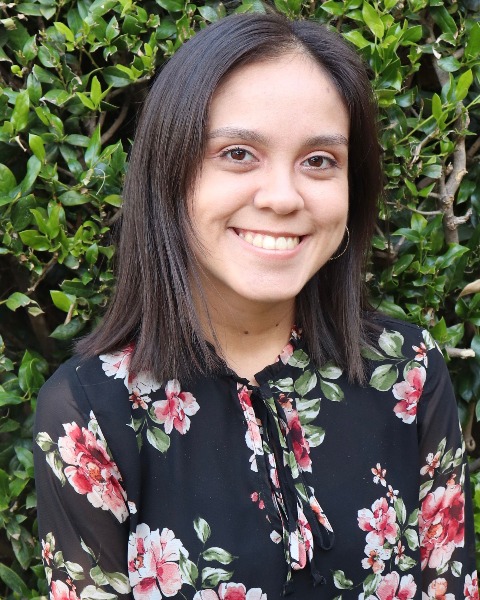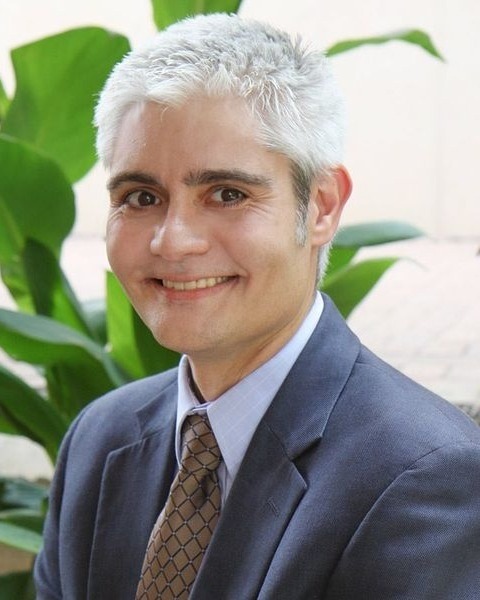Adult Diagnostic (AD)
PP1610 - Highlighting the Variability in the Assessment of Spanish-Speaking Patients

Lindee Alvarez, AuD Student (she/her/hers)
University of Texas at Dallas
University of Texas at Dallas, TexasFinancial Disclosures: I do not have any relevant financial relationships with anything to disclose.
Non-Financial Disclosures: I do not have any relevant non-financial relationships with anything to disclose.- MM
Michelle Molis, PhD
VA RR&D National Center for Rehabilitative Auditory Research
Financial Disclosures: I do not have any relevant financial relationships with anything to disclose.
Non-Financial Disclosures: I do not have any relevant non-financial relationships with anything to disclose. 
Edward Lobarinas, PhD
Professor
The University of Texas at Dallas
PLANO, TexasFinancial Disclosures: I do not have any relevant financial relationships with anything to disclose.
Non-Financial Disclosures: I do not have any relevant non-financial relationships with anything to disclose.
Lead Presenter(s)
Contributor(s)
Contributor (Not Presenting)(s)
Through this research baseline information about audiologists’ ability to serve bilingual Spanish/English and monolingual Spanish speaking patients was collected. Survey questions were geared toward collecting valuable information about clinicians’ self-reported levels of proficiency across various modalities of the Spanish language. The main focus was to determine which audiometric speech tests clinicians use for their native Spanish speaking patients, as well as to identify in which language they administer these tests. Additionally, by collecting information about the speech tests administered to these patients, we sought to assess the variability in the assessment of these patients.
Summary:
According to the 2020 US Census Bureau 43.8 million people report speaking Spanish at home (US Census bureau 2020). As of 2021 there were 373 bilingual audiologists across the country which means there is roughly one bilingual audiologist for every 117,000 Spanish speakers nationwide (ASHA 2021; US Census Bureau 2020). With each passing year there is an ever-increasing sense of urgency to train clinicians to provide services in Spanish and English. By 2060 29% of the US population is projected to be Hispanic (Colby & Ortman 2014). With data collected from this research we will be able to address the need to adapt current clinical practice to changing US demographics in order to better serve diverse patient populations. Ascertaining information about the speech tests administered by audiologists will serve as a guide toward the creation of a speech test battery for bilingual adults. Additionally, this information will be crucial for the development of guidelines to improve patient care for bilingual populations.
A short, online survey was created and administered using Qualtrics. The survey was composed of multiple choice, matrix table, and text entry question types. Practicing audiologists across the country were invited to complete the survey. Qualitative analysis of the survey responses was performed.
Preliminary data from clinical audiologists around the country reveal that the majority of respondents see Spanish speaking patients in clinic at least half the time. Despite few individuals reporting themselves as proficient Spanish speakers, about half of all respondents report being comfortable administering and scoring tests in Spanish. Less than half of all respondents report using recorded speech material all the time which reveals the lack of standardization across providers. The most widely used test for assessing bilingual Spanish-English and monolingual Spanish speaking patients is the CNC word list in English, a test that is also available in Spanish. When asked to report tests clinicians wish they had access to in Spanish many respondents reported speech in noise tests as a valuable assessment they are missing.
Based on the data collected from the survey respondents there are three main conclusions. First, protocols need to be created for assessing bilingual Spanish-English and monolingual Spanish speaking patients as no standardization currently exists in the US. The use of an English test to assess a native Spanish speaker's auditory status is not appropriate. Second, audiologists need proper training to administer and score tests in Spanish when they are not proficient or native speakers. Third, anytime an audiologist is not a native or proficient speaker of Spanish they should be using an interpreter to minimize the potential for misdiagnosis due to language barriers.
Learning Objectives:
- Upon completion, participants will be able identify the ramifications of the lack of clinical guidelines for evaluating native Spanish speakers and the need to recruit bilingual providers to the field.
